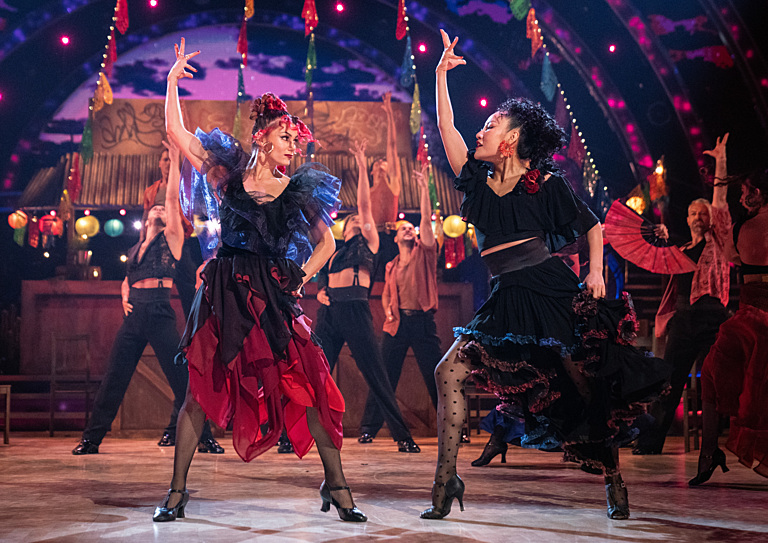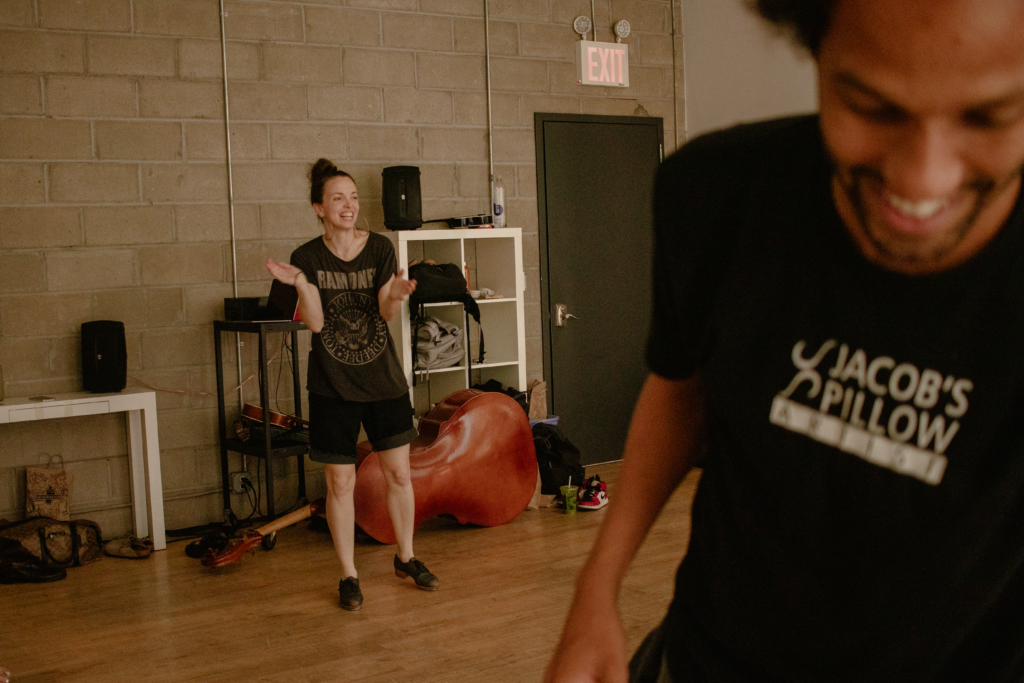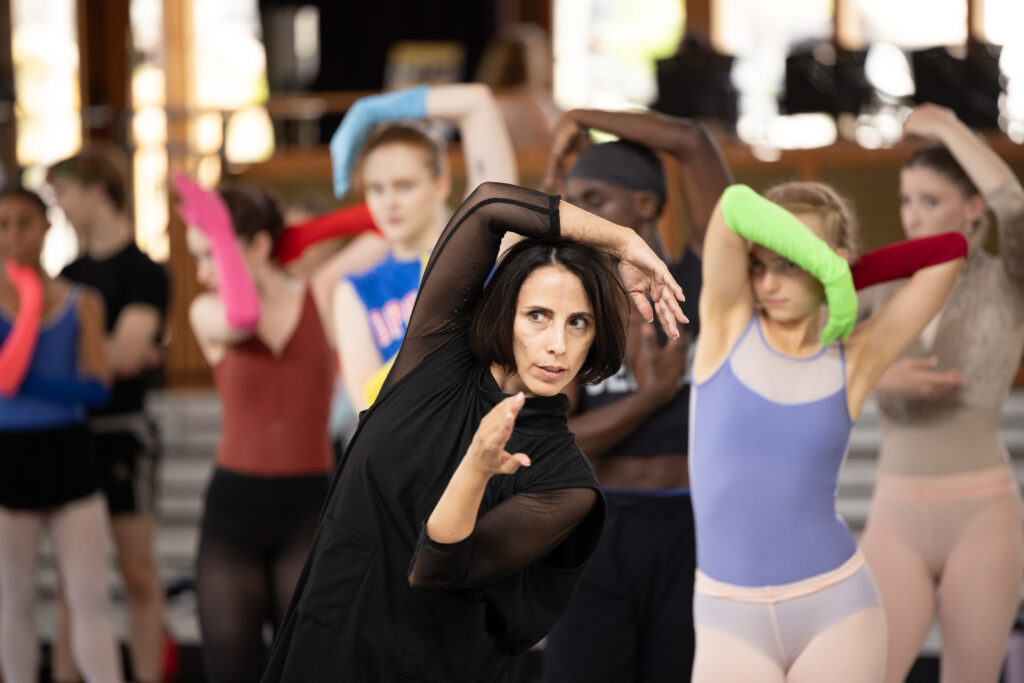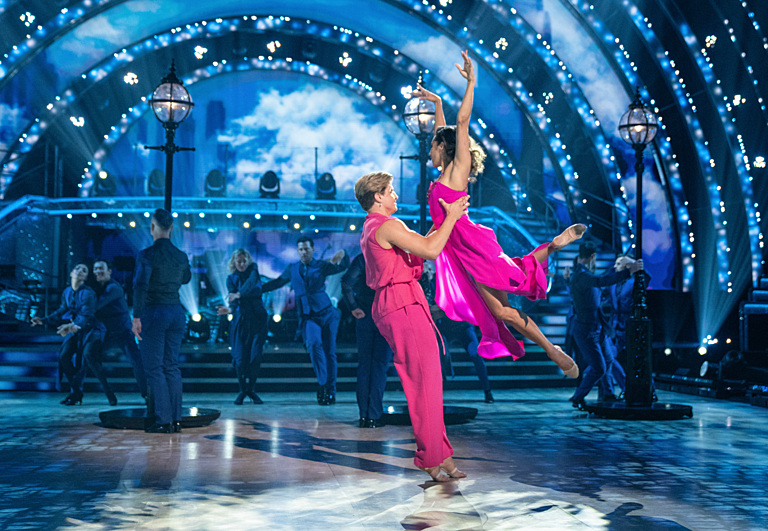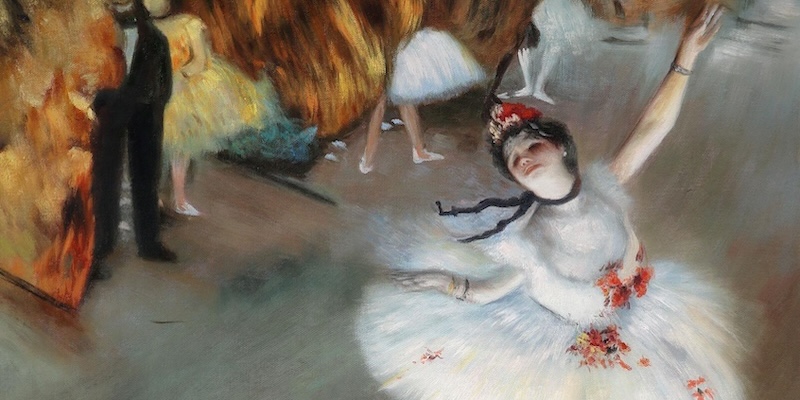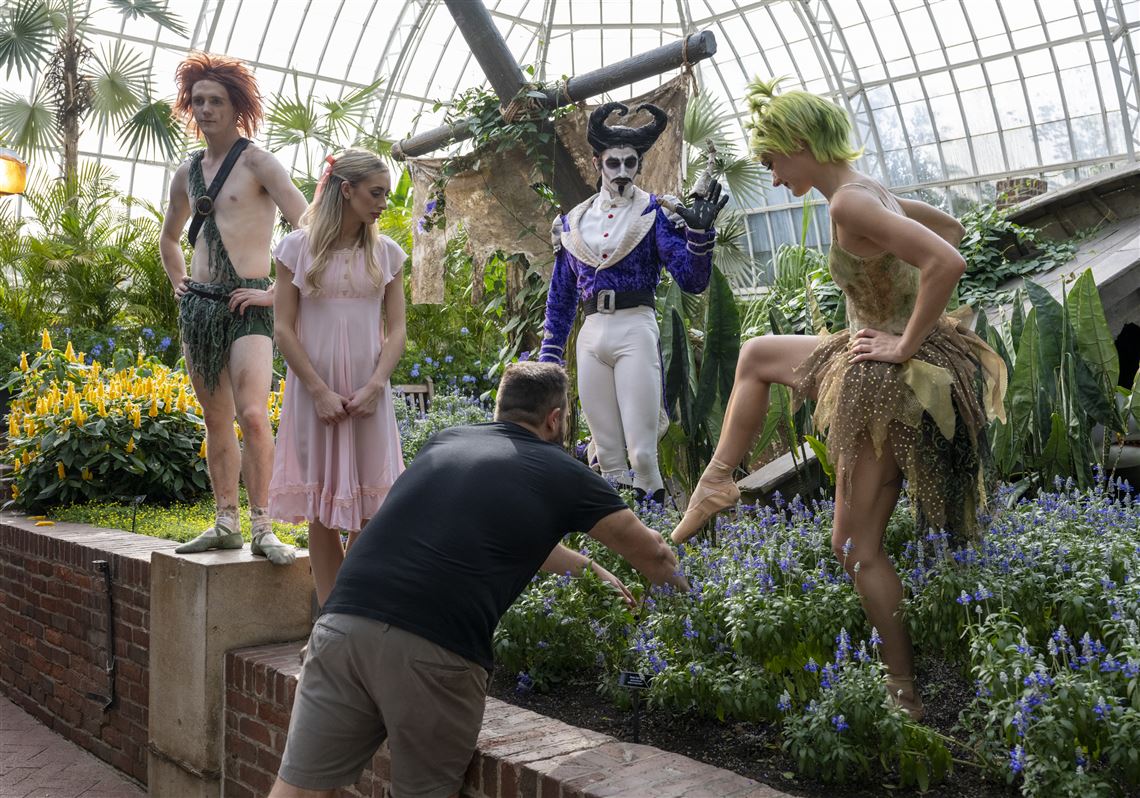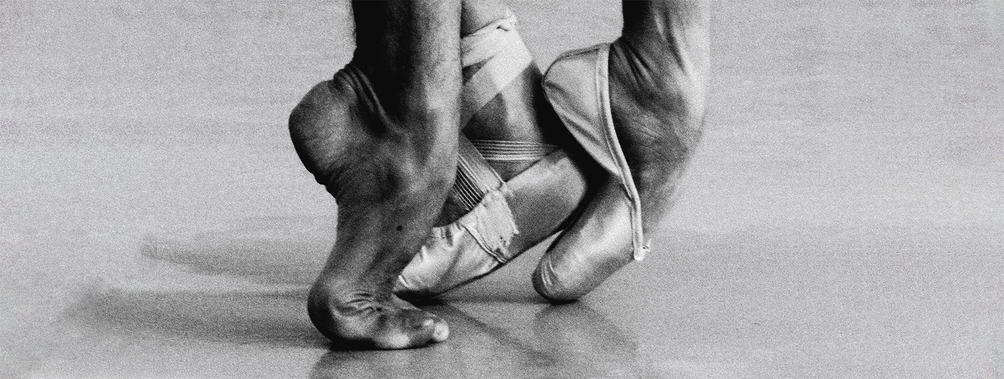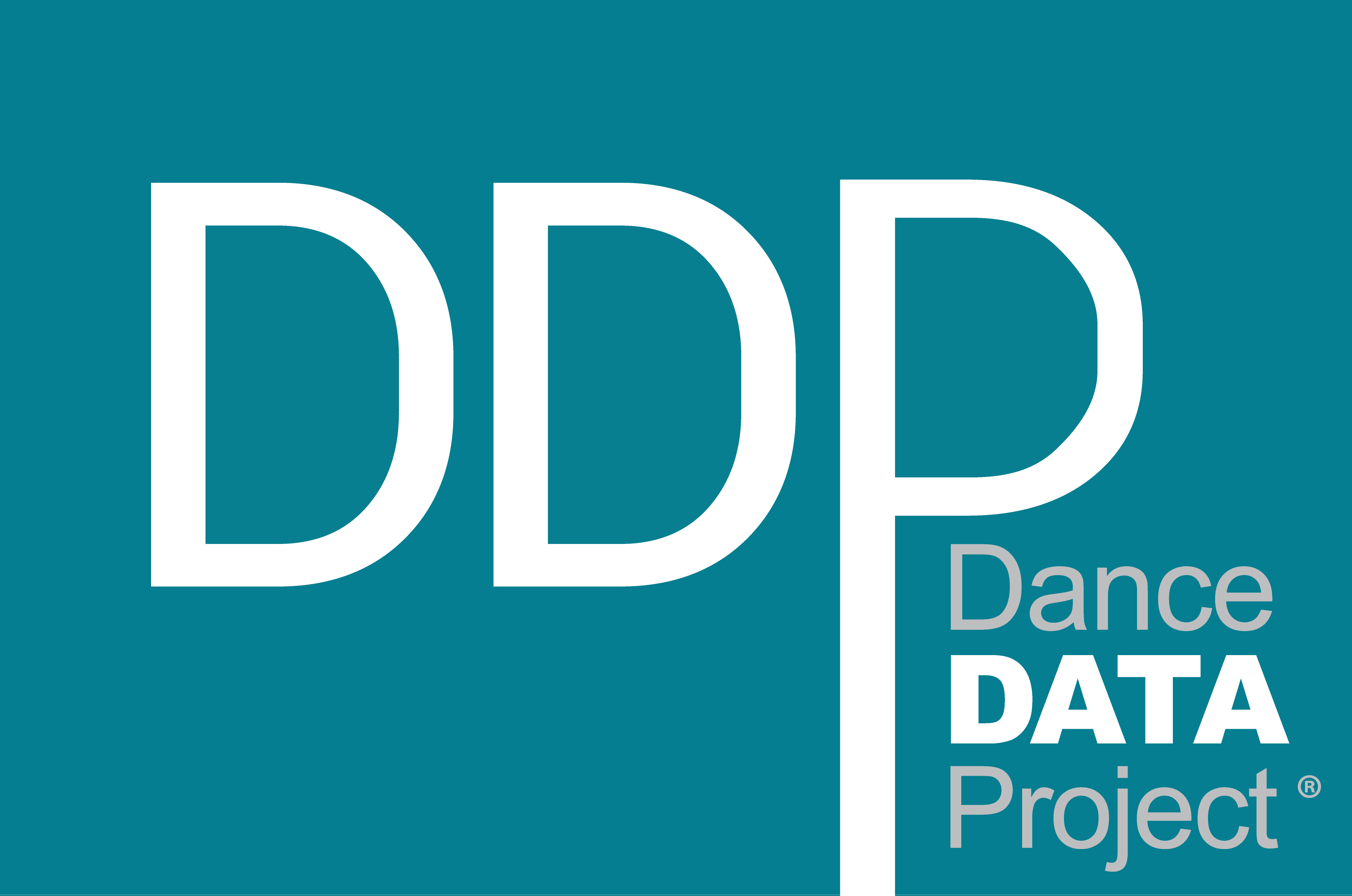In my latest novel, The Colony Club, I begin with one character, Daisy Harriman, in 1968, just her and a young reporter as she looks back over her life. She’s old, subdued but proud of her achievements. It’s an intimate scene, only two people in the spotlight.
Article continues after advertisement
That scene cuts to a much more dynamic Daisy, a young woman, perturbed by being refused a room at the Waldorf unless her husband accompanies her. She enters her drawing room in a whirlwind of consternation, even her skirts are agitated, choreographed to enhance her entrance.
She confronts two seated, complacent men who are sympathetic but more interested in the evening newspaper. She moves against their static complacency, her chagrin changing to anticipation of a new plan in word, movement, and expression. She finishes center stage in an exuberant solo/recitative.
When I retired from dancing professionally and stumbled into a career as a writer, I soon began to make connections between these two worlds—one athletic with literal applause at the end of the night, and the other sedentary, solitary, and mostly lacking in standing ovations.
Dancers and writers understand communication, revel in the creative process, and although the external application of our creativity may be very different, beneath the surface they share much in common. For me, writing has become a perfect extension of a career that has moved from ephemeral performance to lasting portrayal.
Article continues after advertisement
Community/ Corps de Ballet
One of the first times I became aware that my background in dance influenced my writing was in the choreography of groups of people in a scene. My background taught me that a community (corps de ballet) can enhance, not clutter, the story or the development of the main characters.
Dancers and writers understand communication, revel in the creative process, and although the external application of our creativity may be very different, beneath the surface they share much in common.
In fiction this is community, what is sometimes called the ordinary world, where characters are interacting in relative harmony. It “sets the stage” for what is to come.
On stage it’s very important for every “body” to be in the right space, in order not to bump in to each other or cause bottle necks or pile ups when dancers are on the move. There’s even a rule when lines are crossing each other, that the people on stage right always cross in front (downstage) of the people on stage left.
This avoids that back and forth skitter, often seen in Romcom “meet-cute” when the protagonists are trying to get through the door at the same time, which may be fine in literature, but can cause a nasty accident and injurious domino effects in a charging corps de ballet.
Article continues after advertisement
There are times when dancers are placed in sightlines forming a symmetric or pleasing experience. Other times when they are used to create movement, or emotion; used in large groups to express strength, menace, or jubilation; broken up to represent chaos; or held in stasis to provide a neutral backdrop for the primary and secondary characters to perform before.
Protagonists and Principals
Like many dancers, I’m a visual learner. We watch, we imitate, we make it our own. We are sometimes the protagonist (principal), sometimes the secondary characters (soloists), or in the corps or chorus.
The principals, soloists, and chorus don’t all try to dance in the same space, at the same time, with the same amount of energy; neither should characters. Each deserve a place and a space, but they should exist where they can be most effective. They can be introduced in different orders, in different groups, but their roles need to be made clear. It takes more than a red tutu for the principal to command the stage.
Propelling a plot or interpreting a musical theme benefit from the same elements of construction. We introduce the characters/movements to the stage. Who are they?
Article continues after advertisement
Sometimes the dance/fictional characters portray life characters; sometimes they portray ideas and modes in the abstract. Generally the protagonist/soloist are introduced in a way so that we know the story/dance is about them. They’re highlighted; the writer lets the readier spend time with them so that we recognize them as central to the event.
In writing the protagonists interacts with secondary characters, (friends, enemies, people she works with). In dance the principal is backed by soloists, sometimes interacting with them. Like secondary characters, they have a place in the story/dance.
Neither usurps the place of the protagonist/principal. Sometimes they interact; sometimes they serve as backup. They even have their own moments to develop while the protagonist is off stage.
Rhythm
Like the swells of music or the climaxes of a musical theme, stories rise and fall as they move closer to a satisfying end. In the same way dancers dance “with” the music, or sometimes in counterpoint, characters in a novel rise and fall with the rhythm as the story unfolds. They are often introduced living in harmony with their community.
Article continues after advertisement
But continuous harmony does not make a choreographed story, or a written one. Characters will argue, love, stand up against their fellow characters, forge ahead, sometimes rejoining, sometimes rejecting them.
In a similar way, dancers use smooth movements or staccato disjointed actions to display different emotions, or in response to the music, building power when joining with supporting characters; other times singular and isolated, rebelling against the community. Whether in ensemble or solo, they are all the while moving toward a dynamic finish.
Emotion
On stage, emotion is immediate, physically interpretive. Arms outstretched can be joyful, beseeching. A curved torse can be sad, afraid, pained, secretive. Sometimes the movement is large, overdone, sometimes subtle, according to what is needed.
It’s the same in writing: page space, intensity of language, finding just the right amount of verbal expression to depict the scene with just the right amount of attention or communication. Getting to the gist of the scene without going too far and killing it.
When a scene isn’t quite right, when the balance seems off, or the focus doesn’t focus, I call on the skills I learned as dancer and choreographer.
When a scene isn’t quite right, when the balance seems off, or the focus doesn’t focus, I call on the skills I learned as dancer and choreographer. Whether it be a single character, huddled in the rain, or a mob of angry protesters outside a proposed women’s club, that training guides me to a different perspective, one which very often is the key that makes the combination of words, story and movement fall seamlessly into place.
______________________________
The Colony Club by Shelley Noble is available via William Morrow.

